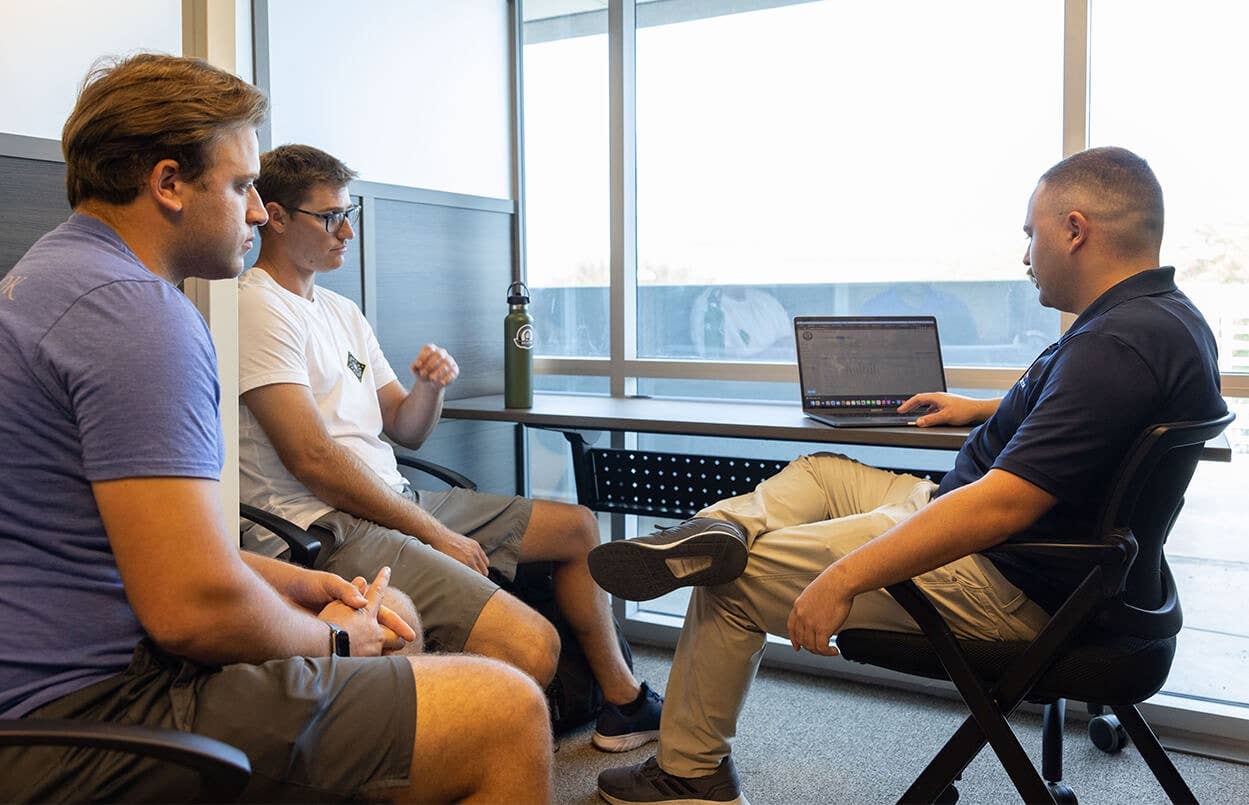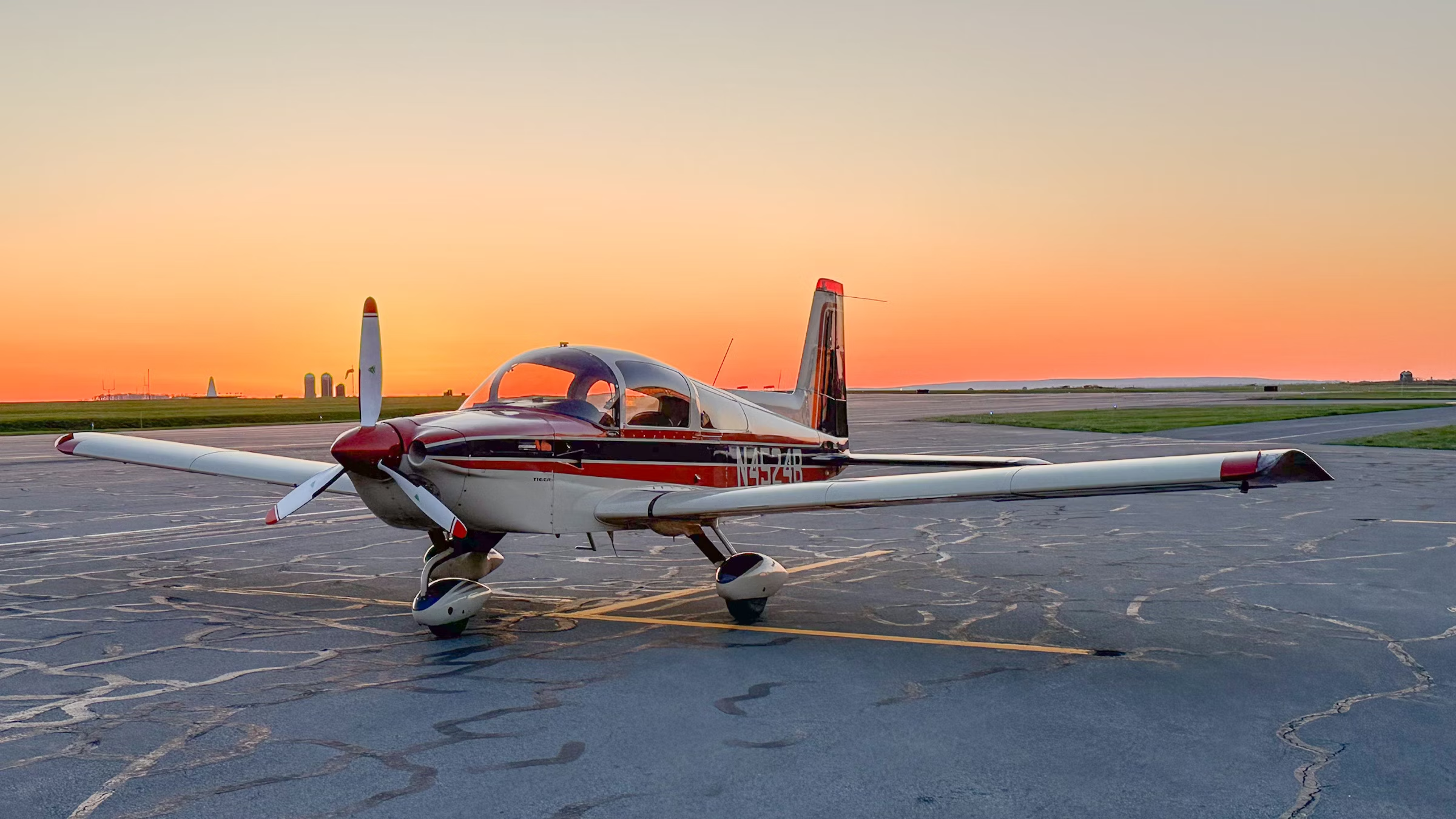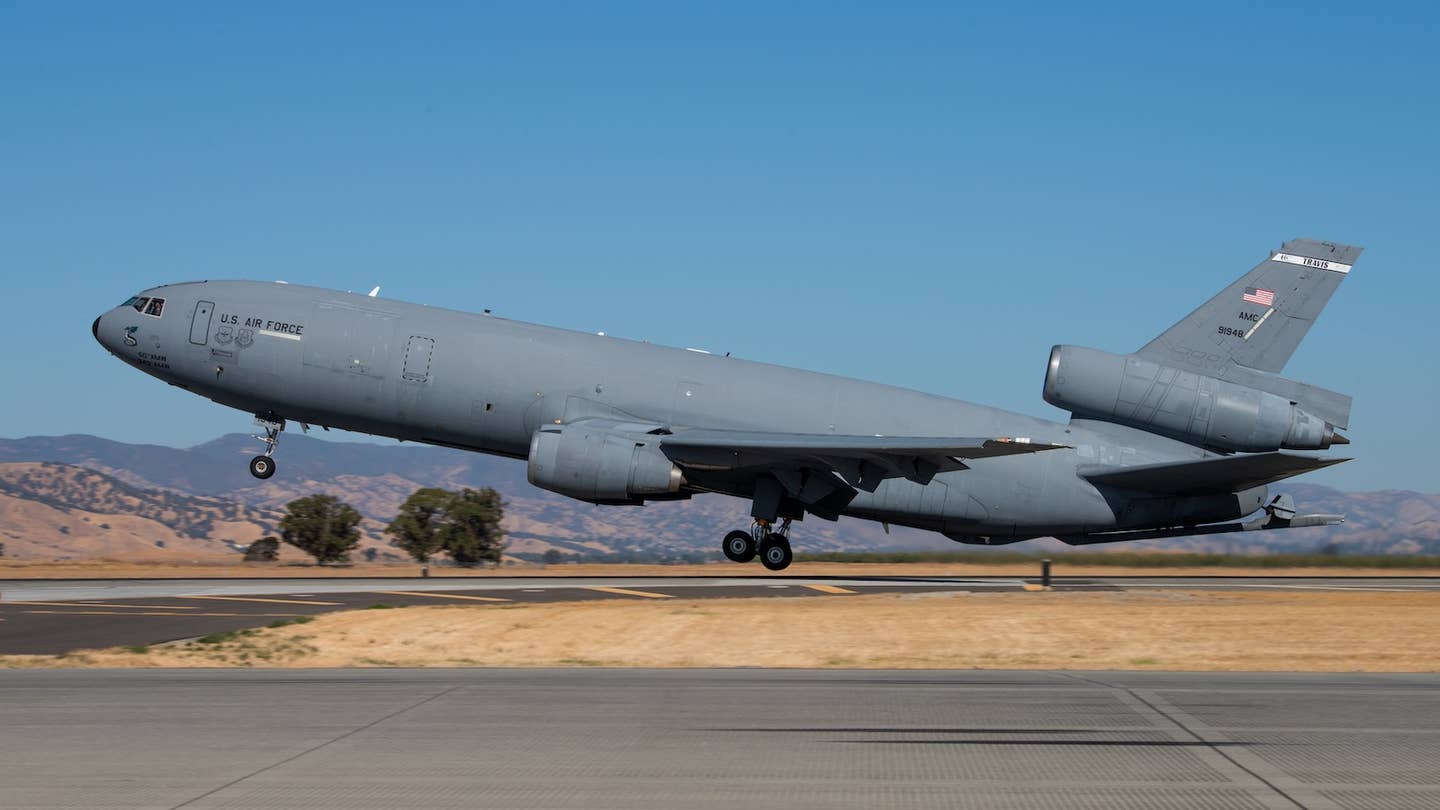Aircraft Building Program Taking Off in New Hampshire High Schools
Tango Flight works with programs around the country giving students hands-on experience building a Van’s RV-12.

Students in the plane-building program at Lebanon High School in New Hampshire, which launched in September 2024, build their first two-seat Van’s RV-12iS all-metal aircraft. [Courtesy: Jeff Rapsis/ Aviation Museum of New Hampshire]
If you are of a certain age, the projects in high school shop classes were likely building bird houses, ashtrays and—if you were really lucky—working on a car.
Can you imagine how different high school would have been if shop class focused on building an airplane?
Today there are a handful of schools around the country that are providing students with this hands-on opportunity through Tango Flight, a nonprofit organization created in 2016 as a means to "inspire the next generation of engineers, pilots, aviation mechanics, and technicians."



Students participating in Tango Flight use STEM concepts to build an airworthy Van’s RV-12 kitplane. Depending on the availability of parts, the process often takes around two years to construct an aircraft to be ready for flight. Once the aircraft are complete, they are sold and the proceeds go to the purchase of the next RV-12 kit.
The Tango Flight program has several locations in Texas, as well as Alaska, Virginia, Oklahoma, Tennessee, California, Kansas, Georgia, North Carolina, and New Hampshire.
Aviation Museum of New Hampshire
In New Hampshire, the organization operates at three high schools in partnership with the Aviation Museum of New Hampshire in Londonderry.
Museum executive director Jeff Rapsis helps coordinate involvement at each school, which means carrying out all fundraising activities, recruiting volunteer mentors, coordinating purchasing, and supervising the museum's staff presence in the workshop.
"The aviation museum’s first RV-12 program began in 2019 with the Manchester [New Hampshire] School of Technology, which is a vocational high school," said Rapsis.
That first aircraft was certified as airworthy in August 2022. The second completed student-built airplane is expected this spring.
Rapsis credited Bob Hough, a former museum board member, with bringing Tango Flight to New Hampshire schools.
"Hough thought the combination of education and aviation would be a perfect fit for the Aviation Museum of New Hampshire’s mission,” Rapsis said. “He connected the museum to Tango Flight. At the time it started in 2019, the program we helped to develop in Manchester was one of the first of its kind in the country."
There are currently 30 students participating in building aircraft across the state, Rapsis said. Students are spread out through the first build at the Manchester School of Technology and the one in Lebanon that began in fall 2024.
"A new build program is scheduled to start in the fall of 2025 at Farmington ]New Hampshire] High School, which will raise the number of students to about 45,” he said. “Farmington also plans to integrate the plane into their other programming. For example, art students might use it as a model to draw from, or younger grades might visit the classroom just to observe."
To participate, students must apply to the program, and the selection process varies from school to school. Some schools require an application and essay, or written statement, to demonstrate interest and dedication to the program.
Lengthy Learning Process
The Aviation Museum of New Hampshire has existed for over 25 years and promoted a variety of workshops to educate the public on everything from restoring antique aircraft to local aviation history.
"But this was the first time the museum engaged with such an in-depth and lengthy learning process across educational institutions and stakeholders," Rapsis said.
Having an in-school aircraft building program is not cheap, according to Rapsis. The museum raises all of the funds to establish each plane build, in addition to supplying the adult mentors who oversee the project.
"Establishing each program costs about $300,000 depending on a district's need for workshop renovations and other factors," Rapsis said. "A sizable portion of each program is funded by individuals who want to support this opportunity for young people to get hands-on experience that could lead to a career in aviation and aerospace."
Once the program is established, each sold aircraft helps pay for kits to build the next aircraft.
"This enables each plane-building program to be largely self-funding," he said.

Sign-up for newsletters & special offers!
Get the latest FLYING stories & special offers delivered directly to your inbox






